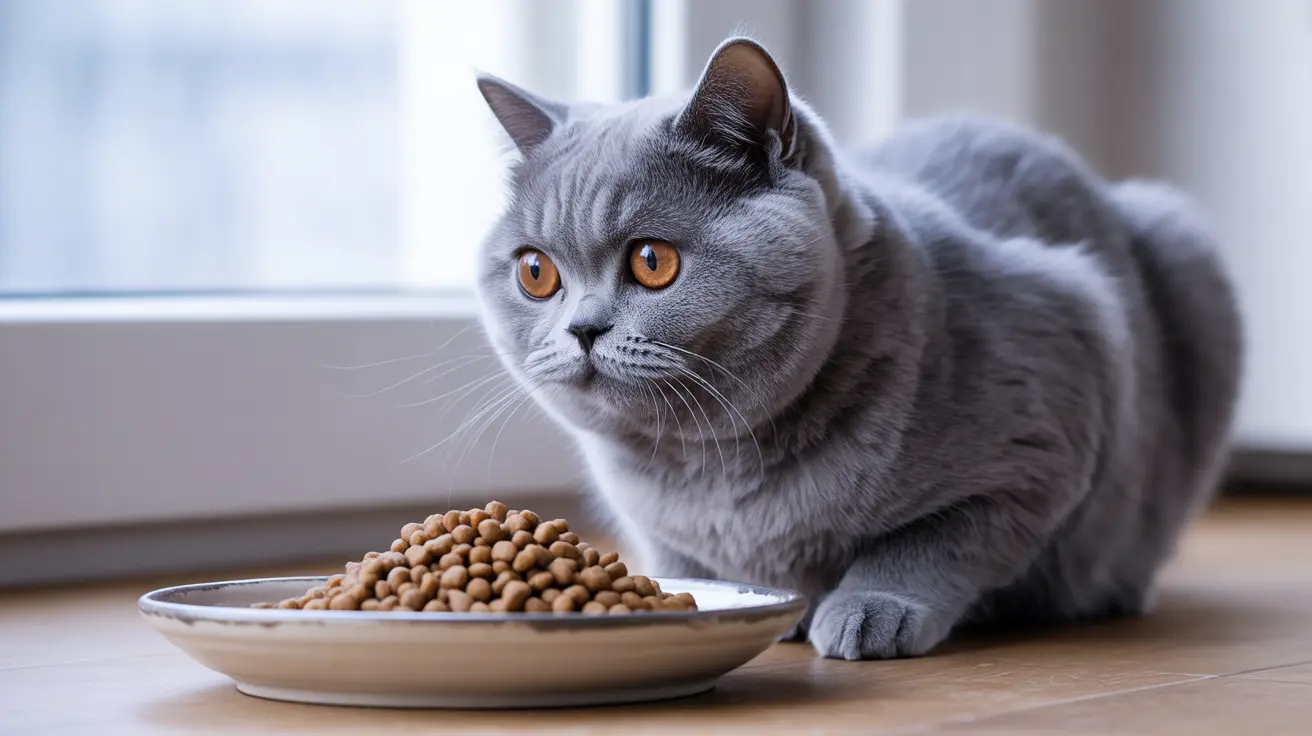Parasitic stomach worms, particularly Ollulanus tricuspis, can pose a silent threat to our feline companions. While these tiny parasites often go unnoticed, they can cause significant health issues in cats, especially in multi-cat environments. This comprehensive guide will help you understand, identify, and manage these concerning parasitic infections.
As a cat owner, knowing about these stomach parasites is crucial because they spread differently from typical worms and can be challenging to diagnose. Let's explore everything you need to know about protecting your cat from these unusual parasites.
Understanding Ollulanus Tricuspis: The Unique Stomach Worm
Ollulanus tricuspis is a distinctive parasitic worm that specifically targets the stomach lining of cats. Unlike common intestinal worms, these parasites are remarkably small, measuring less than a centimeter in length. What makes them particularly interesting is their unusual life cycle - they produce live larvae rather than eggs, making them harder to detect through routine testing.
How Cats Become Infected with Stomach Worms
The transmission of these parasites occurs through an unusual route. Cats become infected by ingesting the vomit of infected cats, making communal living situations particularly risky. This means cats in shelters, catteries, or multi-cat households face a higher risk of infection.
While primarily affecting cats, these parasites have occasionally been found in other animals, including dogs, tigers, and even pigs, demonstrating their ability to cross species barriers under certain conditions.
Recognizing the Signs of Infection
Many cats with Ollulanus infections show no obvious symptoms, which can make detection challenging. However, when symptoms do appear, they typically include:
- Chronic or intermittent vomiting
- Gradual weight loss
- Decreased appetite
- Increased production of gastric mucus
- In severe cases, significant weight loss and dehydration
Diagnosis and Detection Challenges
Diagnosing Ollulanus tricuspis infection presents unique challenges. Traditional fecal tests are ineffective because these worms don't produce eggs. Instead, veterinarians must examine:
- Vomit samples for presence of larvae or adult worms
- Gastric lavage samples
- In some cases, perform endoscopy with tissue biopsy
Treatment and Management Strategies
When it comes to treating stomach worm infections, a multi-faceted approach is necessary:
- Administration of appropriate anthelmintic medications
- Regular monitoring of infected cats
- Thorough cleaning of the environment to prevent reinfection
- Special attention to cleaning up vomit promptly in multi-cat settings
Prevention in Multi-Cat Environments
Preventing Ollulanus infections requires vigilant management, especially in households with multiple cats:
- Clean up any vomit immediately
- Maintain excellent hygiene in shared spaces
- Regular veterinary check-ups for all cats
- Prompt isolation and treatment of infected cats
Frequently Asked Questions
How do cats get infected with parasitic stomach worms like Ollulanus tricuspis?
Cats become infected by ingesting vomit from other infected cats. This typically occurs in multi-cat environments such as shelters, catteries, or households with multiple cats.
What are the common symptoms of an Ollulanus tricuspis infection in cats?
Common symptoms include chronic vomiting, weight loss, decreased appetite, and increased gastric mucus production. However, many cats may show no obvious signs of infection.
How is Ollulanus tricuspis diagnosed if traditional fecal tests are ineffective?
Diagnosis typically requires examining vomit or gastric lavage samples for the presence of larvae or adult worms. In some cases, endoscopy and tissue biopsy may be necessary.
What treatments are effective for eliminating Ollulanus tricuspis infections in cats?
Treatment usually involves specific anthelmintic medications prescribed by a veterinarian. The exact treatment protocol may vary depending on the severity of infection.
How can I prevent my multi-cat household from spreading parasitic stomach worms?
Prevention focuses on maintaining clean living conditions, promptly cleaning up any vomit, regular veterinary check-ups, and immediate treatment of infected cats to prevent spread to others.
Understanding and managing parasitic stomach worm infections in cats requires vigilance and proper veterinary care. By being aware of the symptoms and taking appropriate preventive measures, you can help protect your feline companions from these concerning parasites.






